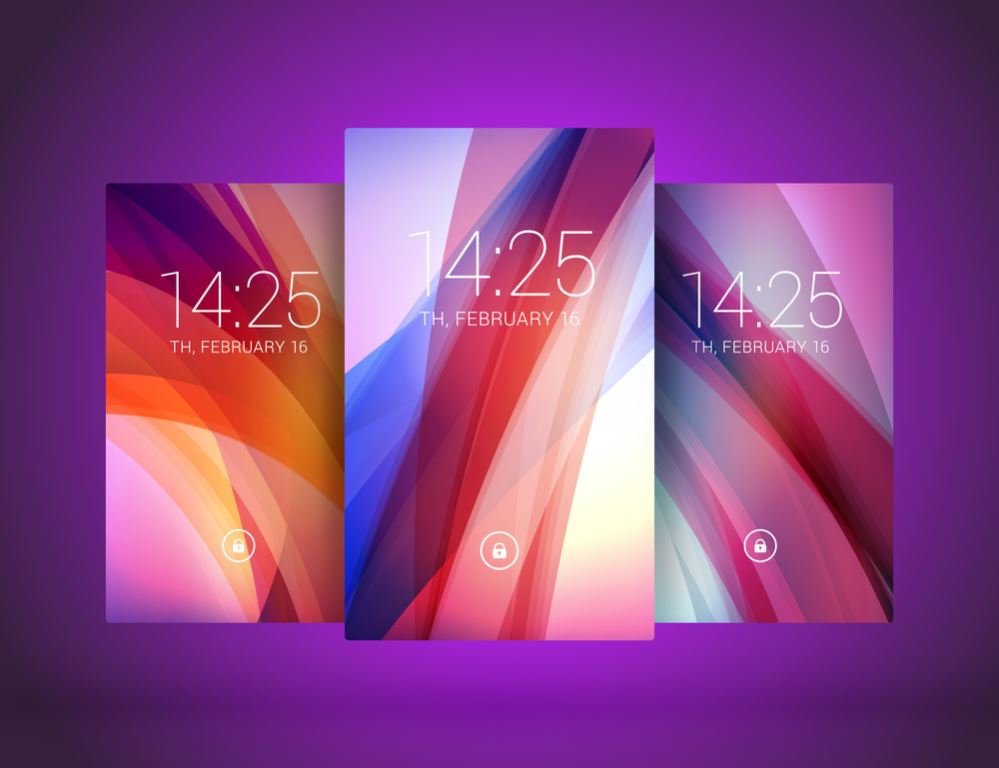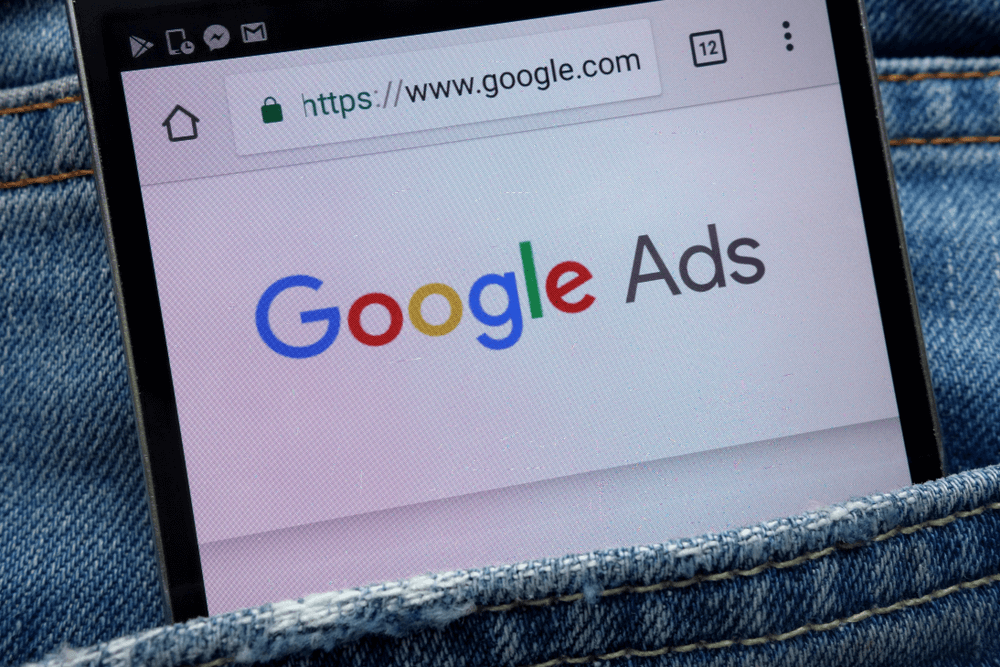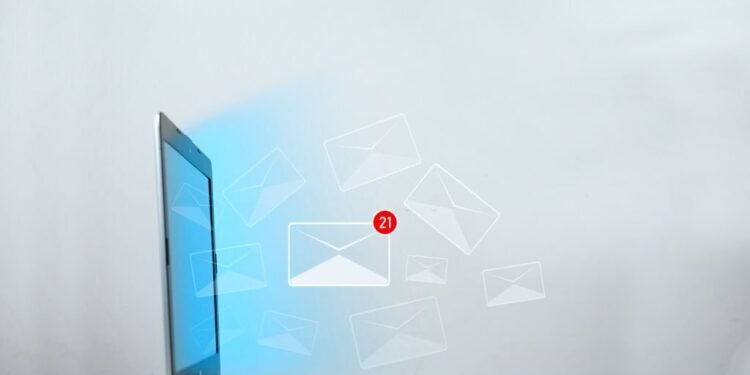Just about every employee is busier than ever these days, especially in the healthcare field. In the fall of 2022, there were 2.1 million healthcare job openings, which meant the job vacancy rate for this field was well above the general average. Healthcare professionals don’t have time to waste. With a well-written email reminder, healthcare scheduling teams can ensure patients are prepared for their appointments without interrupting their daily workflow. A good email reminder for a medical appointment should include:
- The date and time of the appointment.
- The office location.
- A link to fill out paperwork ahead of time.
- Anything the patient needs to bring to the appointment.
- How to reschedule if needed.
Around 45% of missed healthcare appointments happen because the patient forgot about the appointment. Sending a quick reminder minimizes the chances of this happening. It also ensures that the patient won’t be scrambling to fill out important forms during their visit, won’t throw off the day’s schedule by showing up at the wrong location, and will have all the information they need for a productive visit. This saves everyone the time they’d otherwise spend rescheduling or coming in without the information a provider needs to give adequate care.
Why Email Is so Powerful
As text messaging and social media marketing seem to be taking over, you might wonder whether email marketing is still relevant. Fortunately, it is. Email marketing shows a huge return on investment, with businesses recouping around $40 for every dollar they spend on email outreach. Email is also virtually ubiquitous. There are more than four billion email users worldwide. Thus, you can reliably assume that most, if not all, of your clients or customers have an email account.
Email is also a great way to communicate information that is important to your ongoing business relationships. This includes appointment reminders. Even though an appointment reminder email isn’t a direct form of marketing, it’s an opportunity to include your brand colors, logo, and practice details where customers will notice them.
Other Benefits of Appointment Reminder Emails
Appointment reminder emails have several other benefits over mailed reminder letters, traditional appointment cards, and phone calls. Opting for email saves the space you’d otherwise need to store appointment reminder cards in your office. Patients and customers can always use their email account’s search bar to find your reminder email, whereas they might lose a physical appointment card. Cutting back on paper is also usually more eco-friendly, which is both good for the planet and attractive to values-focused customers. Unlike a phone call, a client can easily look back at an email after receiving it to recheck the appointment details.
Emails are also simple and efficient to send, especially for messages like appointment reminders that have a standard format. You can use an email template or even automated messages synced with your appointment calendar to send messages at the right time. This makes emails a great way to keep your clients in the loop without adding to your staff’s workload.
Email Best Practices for Appointment Reminders
An email is a fantastic tool, but it’s not always the best choice. Going back to the healthcare practice example, an appointment reminder email is convenient for both patients and providers. However, email wouldn’t be a good way to share complicated care instructions. To send effective reminder emails, you’ll need to get both the content and the timing correct.
For appointments, the best reminder frequency is two messages. The first message is sent three days in advance and the second, the day before an appointment. Using text message reminders in combination with email can be especially helpful. You may want to send your initial reminder three days before the appointment by email and then follow up with a text the day of or the day before. Since most people check their texts more often than their email inboxes, you can also send a text letting them know that there’s an important email waiting for them.
Regardless of the method you’re using, make sure your message is clear. You’ll want to note the date and time of the appointment, anything the recipient needs to do in advance, and anything they’ll need to bring. If you’d like the patient or client to confirm the appointment by responding to your message, make sure the instructions for doing so are also clear. Ideally, either include a response link or ask for a one-word response to make confirming as easy as possible for your customer.
For any business that involves scheduled appointments, reminder emails are a useful tool for getting everyone on the same page. This can save time, stress, and effort for both clients and employees.





























































